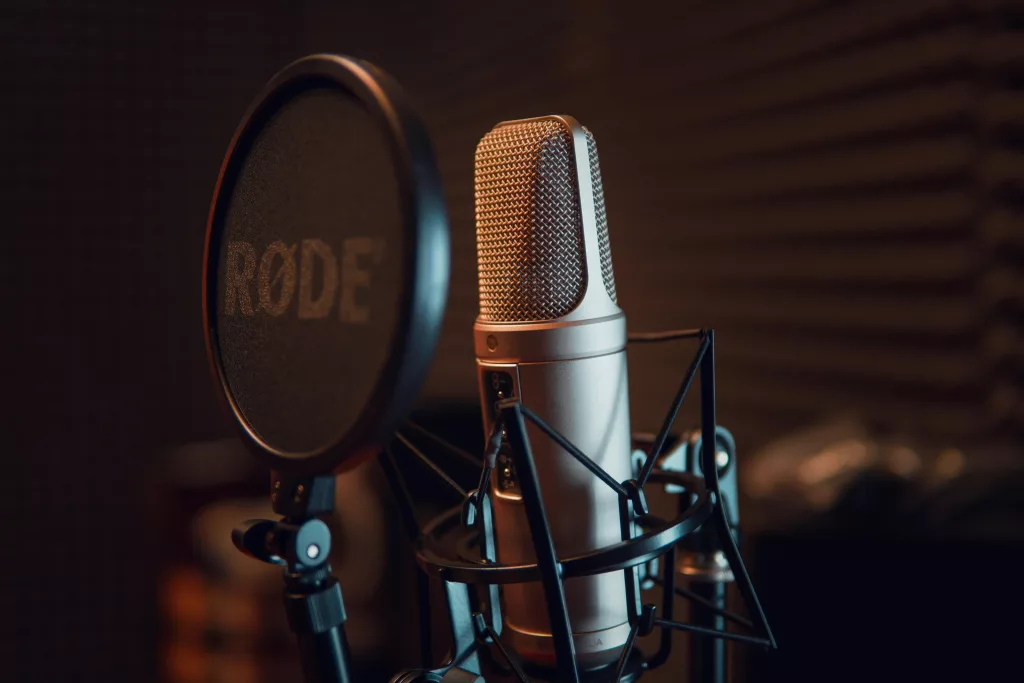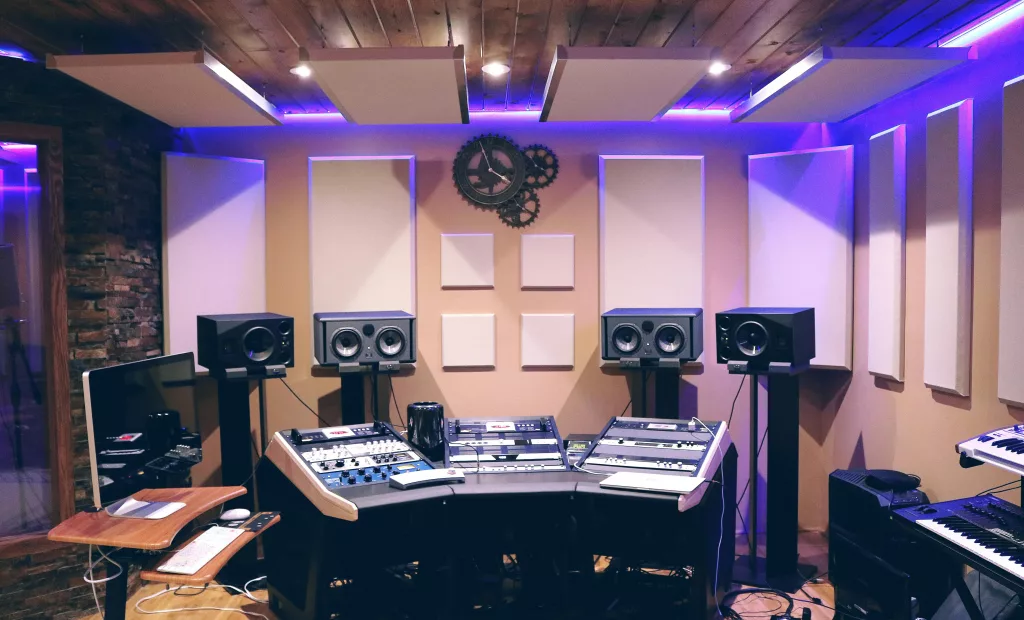Mastering Vocal EQ: A Complete Guide to Different Voice Types
Vocal EQ is a crucial skill in audio production, helping to optimize the clarity, presence and balance of vocals.
However, each individual has a unique voice, and equalizing different voice types requires an adaptive approach.
So let’s dive into this comprehensive guide to find out how to properly EQ different types of voices.
1. Understanding Voice Frequencies
Before you begin equalizing, it is essential to understand the frequency range of human voices.
Male voices tend to have more pronounced low frequencies, while female voices are often richer in high frequencies.
This understanding therefore forms the basis of effective vocal equalization.
Every voice is unique, and characteristics such as texture, tone, and resonance vary from person to person.
The equalizer should therefore be used to correct these individual characteristics without compromising the authenticity of the voice.
2. The Equalization of Male Voices
For male vocals, boosting the low frequencies (80 Hz to 120 Hz) can add warmth and depth.
This can be particularly beneficial for lower voices, but it’s important not to overdo it to avoid sounding too muddy.
Mid frequencies (500 Hz to 2 kHz) are crucial for clarity and intelligibility.
A slight enhancement in this range can help emphasize the details of the male voice without making it too nasal.
The high frequencies (2 kHz to 5 kHz) can be adjusted to control the brilliance of the voice.
A subtle approach is therefore recommended to avoid a shrill sound.
3. Equalization of Female Voices
For female vocals, bass equalization should be done caution.
Slightly boosting the bass frequencies can add warmth without weighing down the voice.
As with male vocals, mid frequencies are essential for the clarity of female vocals. Moderate enhancement can thus improve the presence of the voice.
For high frequencies, a subtle balance is necessary.
Light emphasis can therefore add shine without making the voice too sharp.
4. Equalizing Vocals in a Mix
When equalizing vocals in a mix, it is crucial to consider the musical context.
Surrounding instruments, such as guitar, keyboards and drums, therefore influence how the vocals need to be equalized to blend in harmoniously.
To avoid frequency competition between the voice and other instruments, creating frequency spaces is essential.
This may therefore involve slightly attenuating certain frequencies in the instruments to leave room for the vocals.
5. Management of Plosives and Sibilants
Plosives, like “p” and “b”, can cause unwanted peaks in sound.
Using a pop filter or fine-tuning the frequencies responsible for these sound explosions can alleviate this problem.
Excessive sibilants, often present with the letters “s” and “ch,” can therefore be softened by a slight reduction in high frequencies, generally around 5 kHz to 8 kHz.


6. Management of Unwanted Resonances
Certain types of voices may exhibit unwanted resonances at certain frequencies.
Using a parametric equalizer to identify and attenuate these resonances can therefore significantly improve sound quality.
Parametric equalizers provide precise control over specific frequencies.
By adjusting the Q parameters and frequency, you can effectively target and correct resonances. Be careful though, you must not distort the voice.
7. Vocal Dynamics and Compression
Vocal dynamics, the variations in volume during a vocal performance, can be managed with judicious use of compression.
This helps maintain a controlled dynamic range.
Compressors must therefore be adjusted delicately to avoid an overly compressed sound.
A moderate ratio, a well-adjusted threshold and a suitable attack/softening time are essential.
8. Spatialization of Voice
Reverb can add dimension to a voice, but it’s important not to overdo it.
Adjusting the reverb level and reverb time length is crucial.
Delay effects can therefore be used to spatially expand the voice.
By experimenting with stereo delay and short delays, you can create a feeling of space.
9. Adaptation to Musical Style
Each musical style has its own sound conventions.
Understanding these conventions is crucial to equalizing the voice in a way that is both distinctive and appropriate to the musical genre.
Adapting to musical style does not mean sacrificing creativity.
Subtle adjustments in EQ and vocal processing can therefore provide a distinctive touch while remaining true to the genre.
10. Sharp Listening and Readjustments
Careful listening is the key to successful vocal equalization.
By using quality monitors and making subtle adjustments, you can fine-tune the sound precisely.
EQ settings may require readjustments depending on context, whether in a mix, a concert hall, or a studio recording.
Flexibility is therefore crucial for optimal sound quality.


11. Preserving Balance with Instruments
When EQing a vocal, it is essential to consider the accompanying instruments.
Avoid frequency overlaps which could cause unwanted competition in certain ranges.
Harmonizing the voice with the overall musical arrangement therefore involves adjustments to ensure that the voice fits in a coherent and complementary manner with the other elements.
12. Advanced Equalization Techniques
Dynamic equalization involves the use of tools that automatically adjust equalizer settings in real time in response to variations in vocal performance.
This can help maintain sound consistency.
Multi-band EQs provide independent control over different frequency ranges, while Mid-Side EQ therefore allows the stereo center and sides of the voice to be adjusted separately, providing precise control over the stereo image.
13. Technical Considerations for Registration
The quality of the original recording plays a crucial role in the vocal equalization process.
Ensuring you get it right from the start facilitates the process of further improvement.
Microphone positioning and acoustic treatment of the recording environment can significantly affect raw voice quality, thereby influencing equalization requirements.
14. Live EQ and Performance
During a live performance, acoustic conditions may vary.
Real-time adaptation of equalizer settings to compensate for these variations is crucial to maintaining optimal sound quality.
Preparing equalization presets according to the different performance locations or sound systems used therefore allows for a smooth transition and better sound control during concerts.
15. Continuing Education and Exploration
Technologies are constantly evolving, and keeping up with new trends in vocal equalization helps you stay up to date with the latest tools and techniques.
Experimenting with varied musical styles therefore provides an opportunity to refine one’s vocal EQ skills by working with various voices and arrangements.


Conclusion
Properly equalizing different voice types requires a thorough understanding of individual characteristics and frequency nuances.
By following these tips and refining your listening skills, you will be better equipped to enhance each voice, whatever its uniqueness, within a harmonious musical mix.

